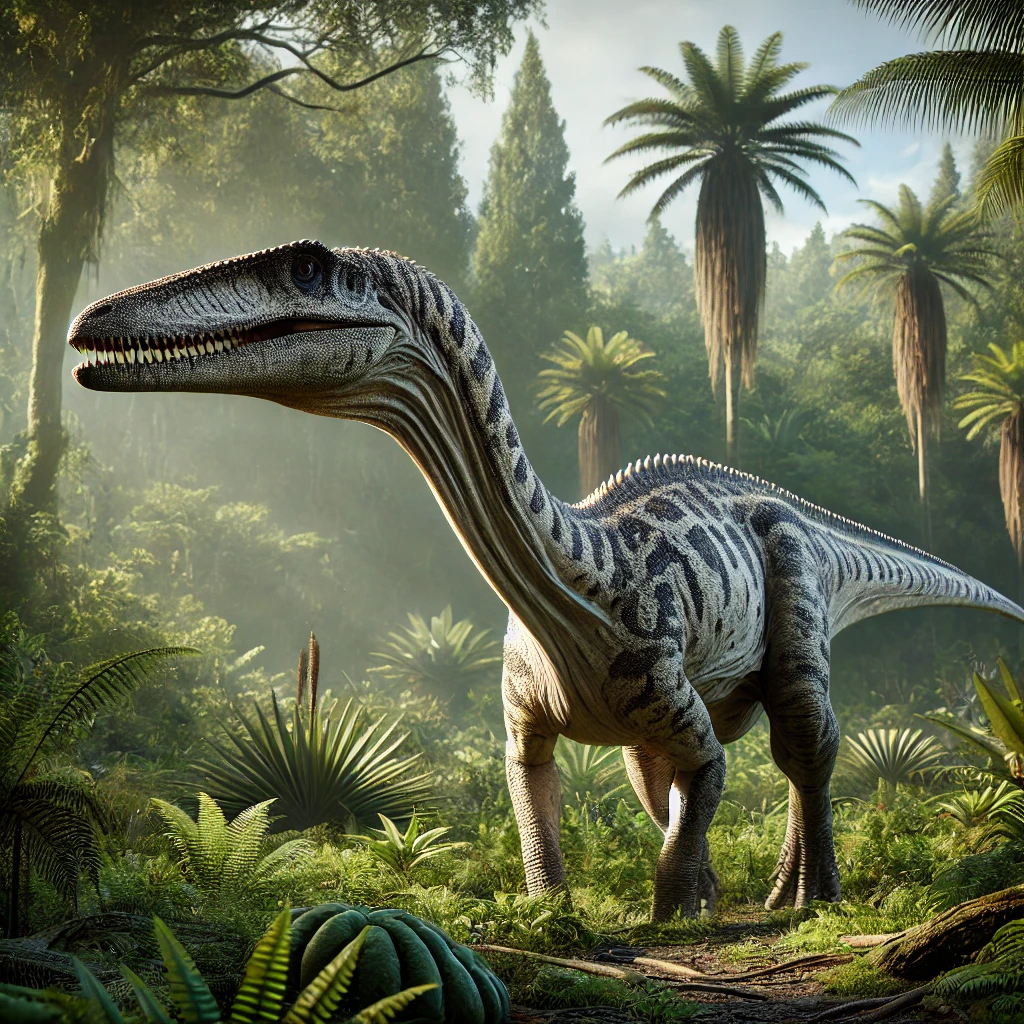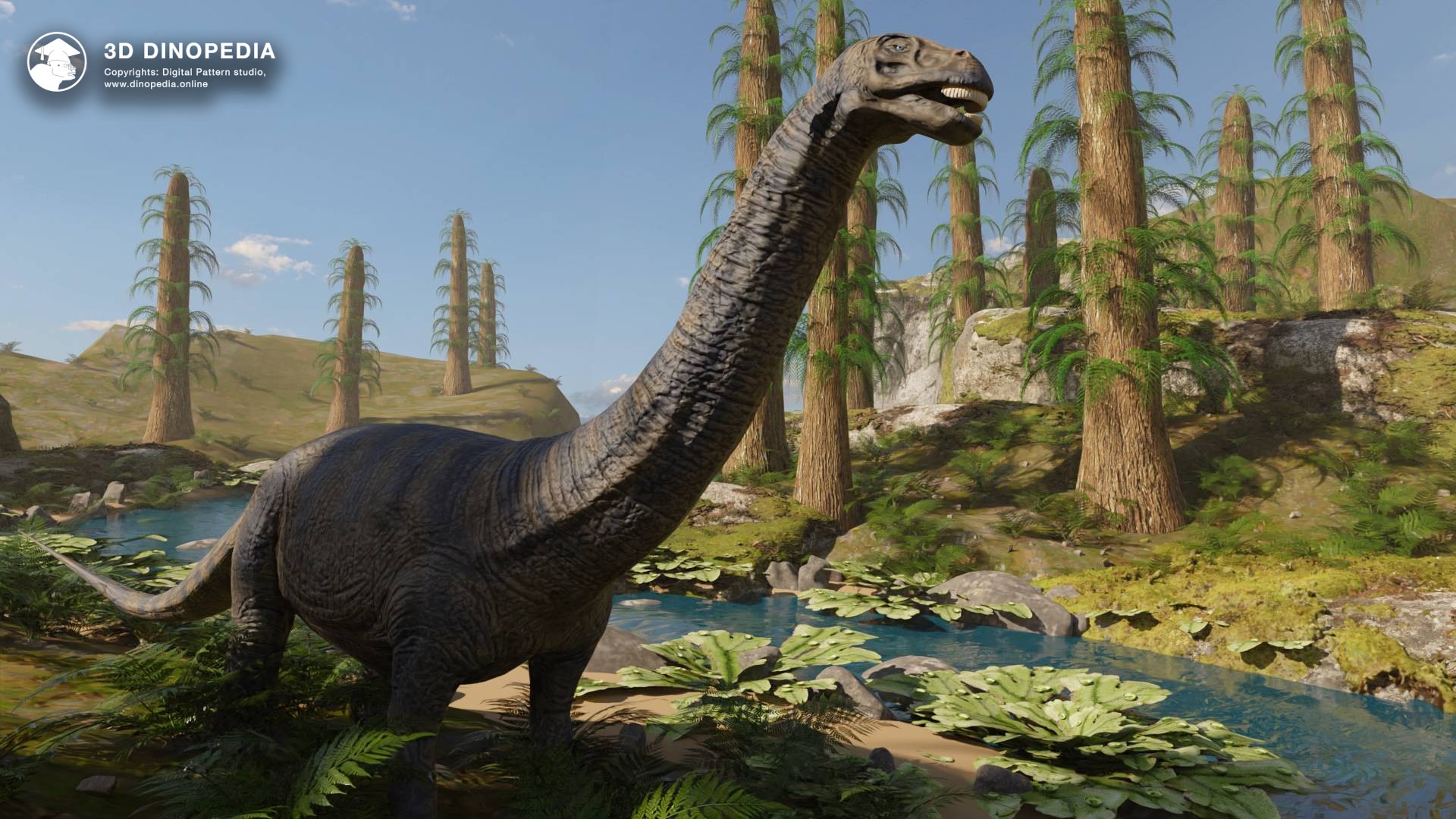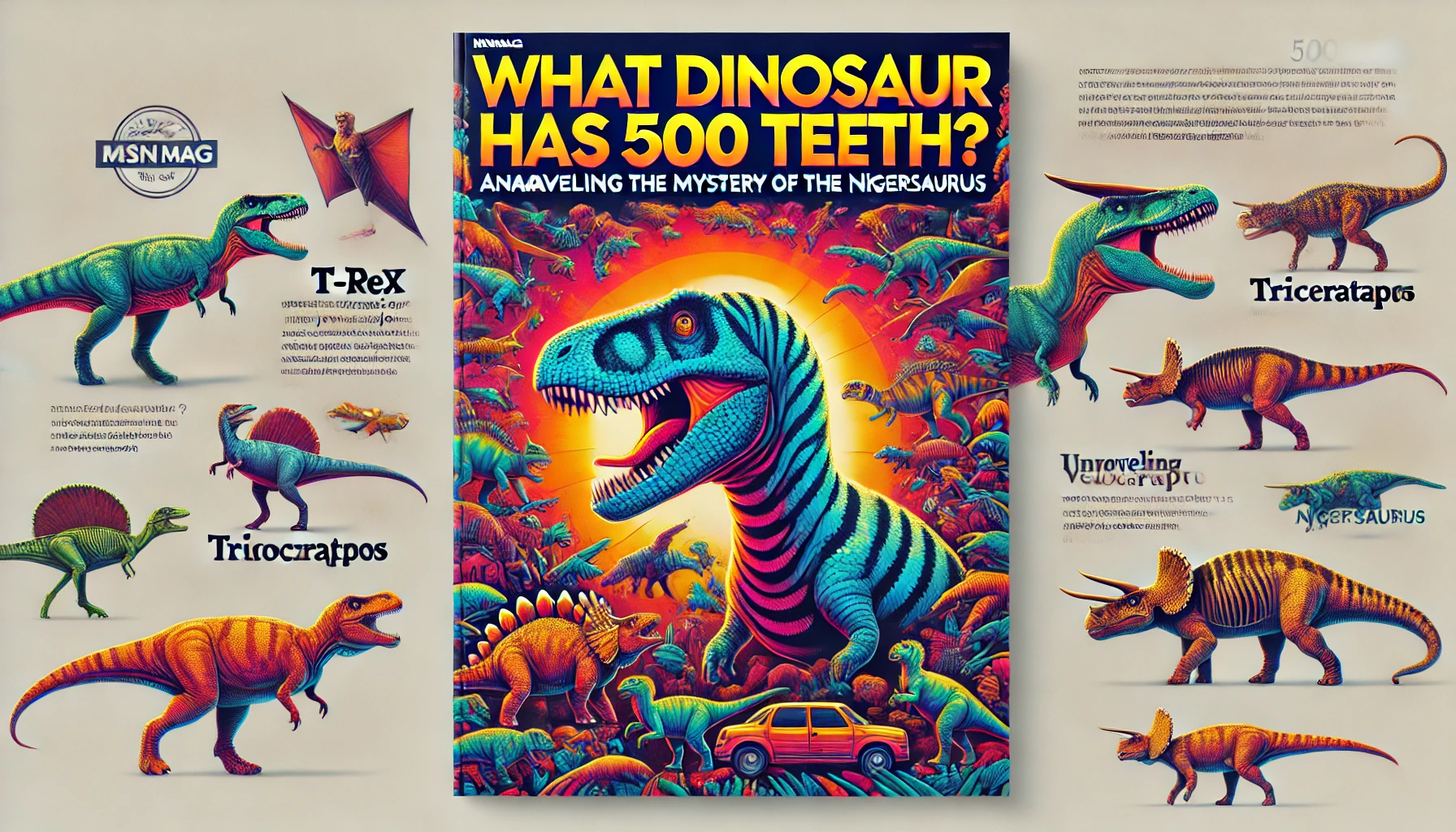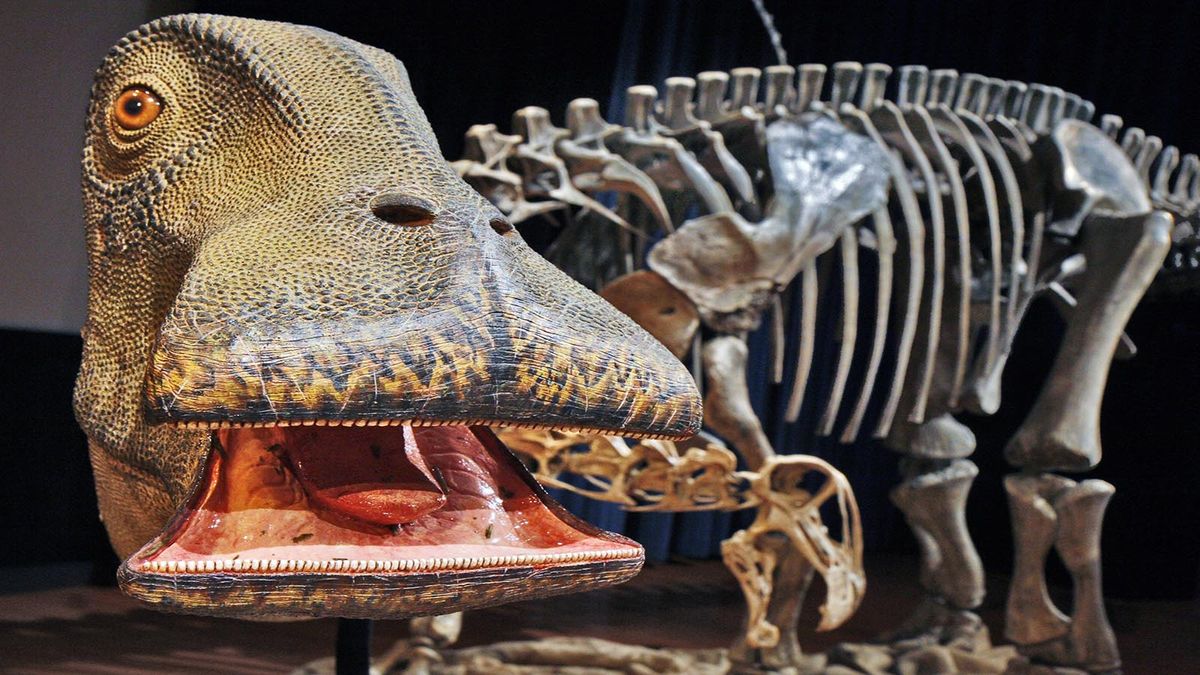Dinosaurs have always been a fascinating subject, from their massive size to the extraordinary adaptations that allowed them to thrive in the prehistoric world. Among the many questions that arise about these ancient creatures, one stands out: What dinosaur has 500 teeth? If you’ve ever wondered about this intriguing fact, you’re not alone. The answer is the Nigersaurus, a herbivorous dinosaur that lived around 115 to 105 million years ago during the Cretaceous period. But what makes this dinosaur so special, and why did it have such a remarkable number of teeth?
What Dinosaur Has 500 Teeth? Meet the Nigersaurus
The Nigersaurus, often called the “mosaic dinosaur,” holds the record for having a jaw full of around 500 teeth. Discovered in the Sahara Desert of Niger, Africa, this dinosaur wasn’t just notable for its teeth count but also for its unique feeding habits. While many dinosaurs had teeth suited to their diets, the Nigersaurus’ teeth were particularly adapted for a low-level, herbivorous feeding strategy, where it could graze on plants close to the ground.
This dinosaur was relatively small, measuring only about 30 feet (9 meters) in length and 10 feet (3 meters) tall, but its jaw structure was impressive. Packed with tiny, sharp teeth, the Nigersaurus could chew through a massive amount of vegetation. This leads us to the question: Why would a dinosaur need 500 teeth?
The Role of 500 Teeth in the Nigersaurus’ Life
The simple answer to what dinosaur has 500 teeth is that it needed them for a very specific purpose. The Nigersaurus’ teeth were small, fine, and densely arranged, ideal for grazing on the plants that grew on the ground. The key to the Nigersaurus’ success lay in its ability to feed efficiently and quickly—an essential trait for survival in an environment filled with other herbivores that may have competed for food.
A common misconception is that more teeth mean a larger, more dangerous predator, but in the case of the Nigersaurus, its 500 teeth were specialized tools designed for stripping plants and digesting low-lying vegetation like ferns, cycads, and shrubs. As the Nigersaurus lived in an environment with an abundance of such plants, it could feed on large amounts of vegetation to sustain its relatively large frame.
Why 500 Teeth? The Science Behind It
What dinosaur has 500 teeth might sound like an exaggeration, but in the case of the Nigersaurus, it was a strategic adaptation. The number of teeth was not random; it was part of a unique evolutionary process. Its teeth were arranged in multiple rows in its upper and lower jaws, with around nine teeth in each row, constantly regenerating throughout its life. This tooth regeneration was crucial for the dinosaur to maintain functional teeth, as they would wear down quickly from the abrasive nature of the plants it ate.
Unlike humans, who get only two sets of teeth in their lifetime, the Nigersaurus could replace teeth throughout its lifespan. This remarkable adaptation made it one of the most efficient feeders of its time. Its 500 teeth were perfectly adapted for processing plants, giving the Nigersaurus a distinct advantage over other herbivores that might have fewer, more specialized teeth.
Nigersaurus’ Ecosystem and Feeding Strategy

As we explore the question what dinosaur has 500 teeth, it’s important to understand the context in which the Nigersaurus lived. During the Cretaceous period, the environment where the Nigersaurus roamed was lush and filled with vegetation. This made it an ideal habitat for this dinosaur’s specialized feeding habits.
The Nigersaurus was able to feed on low-growing plants without competing for resources with other larger herbivores that ate from the treetops. Its feeding strategy was highly efficient, thanks to its jaw structure and the 500 teeth that lined its mouth. In essence, the Nigersaurus was built to consume a large amount of vegetation without expending much energy.
Its dentition allowed it to chew through tough plant material with ease, processing the food into small bits that were easier to digest. The 500 teeth in its mouth worked together as one unit, allowing it to strip leaves and grasses with great precision.
Comparing the Nigersaurus to Other Dinosaurs
In terms of size and behavior, the Nigersaurus wasn’t the largest dinosaur around. However, in the category of dentition, it stood out. So, when asked, what dinosaur has 500 teeth?, it’s clear that no other dinosaur had the same tooth structure.
Most herbivorous dinosaurs like the Triceratops or Stegosaurus had far fewer teeth, and they used them to process tougher plant material. In contrast, the Nigersaurus’ 500 teeth were specifically designed for the efficiency of low-level grazing. This is an excellent example of how evolution works: by adapting to the available resources, the Nigersaurus thrived in a niche that other herbivores couldn’t easily access.
How Do 500 Teeth Help with Feeding?

The Nigersaurus’ 500 teeth weren’t just for show—they played an integral role in its ability to feed. The small, sharp teeth helped the dinosaur strip vegetation efficiently, while the jaw structure helped it bite down on plants at the right angles to slice through them.
This feeding technique is similar to how some modern-day animals, like giraffes or cows, graze on grass or low shrubs. However, the Nigersaurus took it a step further, using its 500 teeth to ensure that it could sustain itself on vegetation that wasn’t accessible to other herbivores.
The Nigersaurus’ Evolutionary Advantages
The question, what dinosaur has 500 teeth, doesn’t just highlight an interesting physical feature—it’s a gateway into understanding the evolutionary advantages that allowed the Nigersaurus to thrive. Having 500 teeth enabled the Nigersaurus to consume large amounts of food without competing for higher vegetation. It could process food quickly, which is crucial in an environment where food could be scarce during certain seasons.
This adaptability was key to the Nigersaurus’ survival, allowing it to live in a period filled with other large herbivores and predators. By feeding on the abundant low-lying plants, the Nigersaurus avoided direct competition and ensured a steady supply of nutrients.
The Fossil Record and What We’ve Learned
The discovery of the Nigersaurus fossils has helped paleontologists piece together its anatomy, feeding habits, and overall lifestyle. The fossils revealed unique features of the dinosaur’s jaw and teeth, offering insight into its feeding mechanics and its place in the prehistoric food chain.
When asked what dinosaur has 500 teeth, the answer isn’t just about counting teeth—it’s about understanding how those teeth fit into the broader narrative of the dinosaur’s life. The Nigersaurus’ highly specialized teeth made it one of the most efficient low-level grazers in its ecosystem.
The Legacy of the Nigersaurus: An Evolutionary Wonder
In conclusion, the Nigersaurus is an exceptional example of how evolution shapes life in the natural world. The 500 teeth of the Nigersaurus aren’t just a physical curiosity; they represent a highly specialized adaptation that allowed this dinosaur to thrive. So, the next time you ask yourself, what dinosaur has 500 teeth?, remember that the Nigersaurus wasn’t just a toothy dinosaur—it was a living testament to how nature adapts and finds solutions to challenges.
By understanding the Nigersaurus’ tooth structure and feeding habits, we gain not only a greater appreciation for this unique dinosaur but also a deeper insight into the wonders of evolution that shaped the ancient world.







Leave a Reply